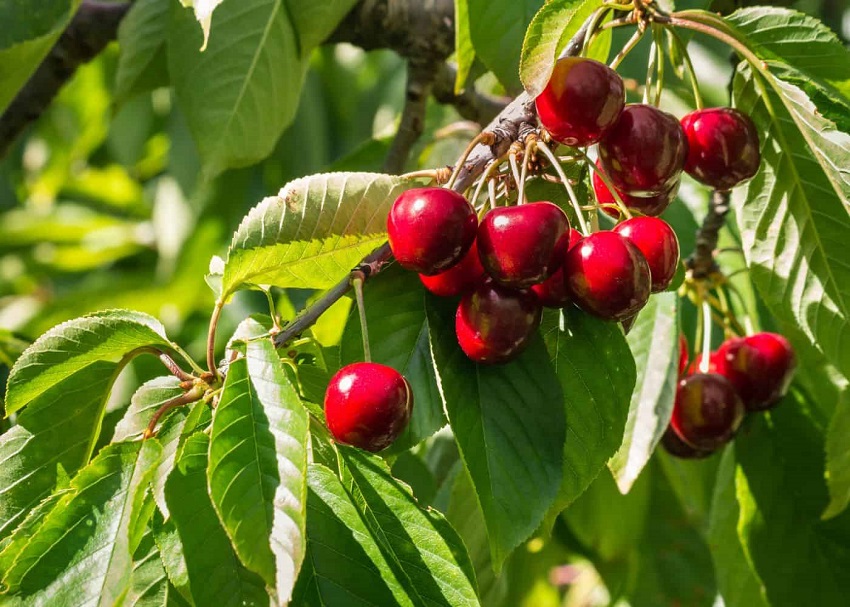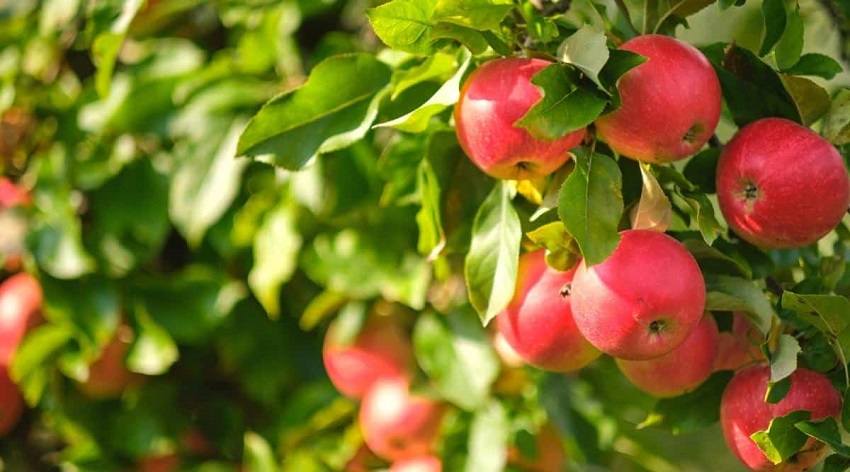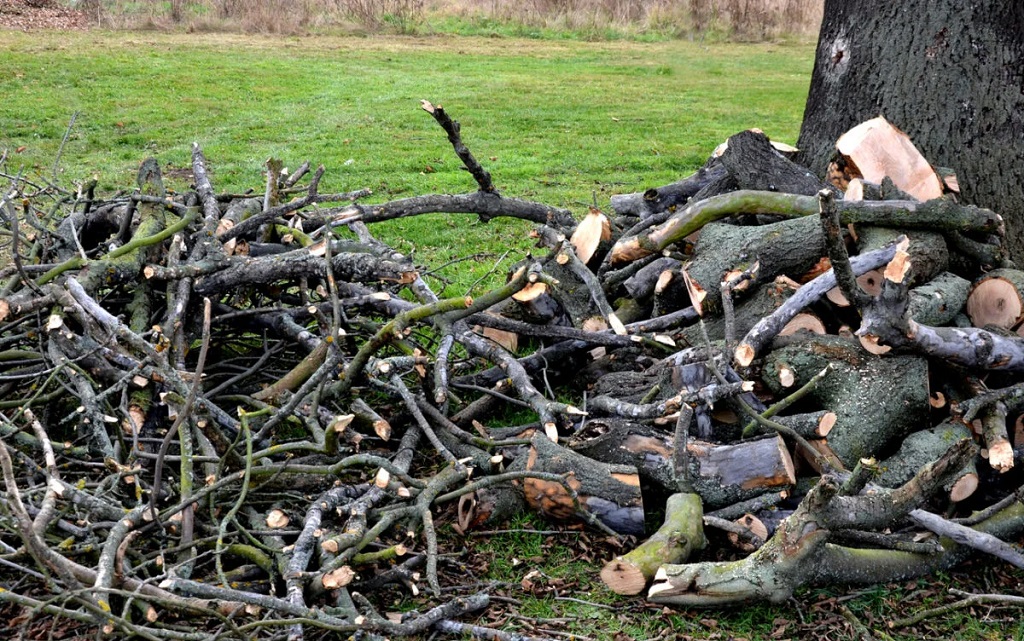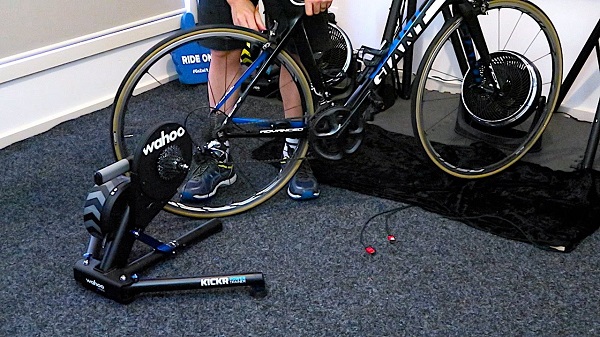When it comes to choosing a tree that will provide you with an abundant harvest, there are several factors to consider. From the size and maturity of the tree to the variety and growing conditions, each aspect plays a role in determining which tree will give you the most fruit. In this comprehensive guide, we will explore some of the top contenders in the fruit-bearing tree category and discuss their fruit production capabilities.
The Apple Tree
Potential for high fruit yield
The apple tree is known for its ability to produce a bountiful crop, making it a popular choice for home gardeners and commercial orchards alike. With thousands of apple varieties available, you can select trees that suit your taste preferences and regional climate. Apples are versatile fruits and can be consumed in a multitude of ways – from eating them fresh off the tree to using them in pies, cider, and other delectable treats. If you’re interested in growing other fruit trees, such as lemon trees, it’s important to understand the lemon tree growth stages to ensure a healthy and fruitful harvest.
Factors that impact fruit yield
The fruit yield of an apple tree is influenced by several key factors, including the tree’s age, health, and cultural practices. Young trees may take a few years to bear fruit, while mature trees can produce considerable quantities. Pruning and fertilization play crucial roles in maintaining the tree’s health and encouraging optimal fruit production.
To maximize the fruit yield of your apple tree, consider the following tips:
- Select the right variety: Choose apple cultivars that are known for their high fruit production and suit your local growing conditions.
- Proper pollination: Apples are often not self-fertile, meaning they need a different apple variety nearby for cross-pollination. Be sure to plant compatible varieties for optimal fruit set.
- Thinning: Apples often produce more fruit than the tree can support, leading to small and poor-quality fruit. Thinning the fruit early in the season helps promote larger, healthier apples.
- Irrigation and drainage: Apple trees need consistent moisture for optimal fruit production. Adequate irrigation and well-drained soil are vital for their success.
The Citrus Tree
High fruit yield in warm climates
Citrus trees, including oranges, lemons, and grapefruits, are known for their ability to produce an abundant harvest, particularly in warm climates. These evergreen trees not only provide delicious, juicy fruit but also add a touch of tropical beauty to your backyard.
Factors that impact fruit yield
The fruit yield of citrus trees depends on various factors, including the tree’s age, climate, and horticultural practices. Mature citrus trees are capable of producing impressive quantities of fruit. Proper care, maintenance, and attention to specific needs will ensure maximum fruit yield.
Consider the following tips to enhance the fruit yield of citrus trees:
- Choose the right variety: Different citrus varieties have different yields and maturation times. Select varieties known for their high fruit production and adaptability to your climate.
- Sunlight: Citrus trees need full sunlight to thrive and produce abundant fruit. Ensure they receive at least 6-8 hours of direct sunlight daily.
- Fertilization: Provide regular fertilization to citrus trees to ensure they receive the necessary nutrients for optimal growth and fruit production. Follow the recommended fertilization schedule for your specific variety.
- Watering: Citrus trees require regular watering, especially during dry periods. Water deeply but avoid waterlogging the soil, as excessive moisture can lead to root rot.
The Cherry Tree
Impressive fruit yield in favorable conditions
Cherry trees are renowned for their stunning blossoms and the rich, succulent fruit they bear. Although cherry trees may not produce as much fruit as apple or citrus trees, they can still provide a significant yield if the right conditions are met. Cherries come in a variety of types, including sweet and sour varieties, each with its unique culinary applications.
Factors that impact fruit yield
The fruit yield of cherry trees can vary depending on the variety, age, and environmental factors. While some cherry trees produce more fruit than others, there are general practices you can follow to enhance their fruit production.
Consider these tips to maximize fruit yield in cherry trees:
- Opt for self-fertile varieties: Some cherry trees are self-fertile, meaning they can produce fruit without cross-pollination. This can be advantageous if space is limited, as you won’t need to plant multiple trees.
- Plant pollinators: If you are growing a sweet cherry variety, consider planting a compatible pollinator nearby to enhance fruit set. Honeybees and other pollinators are essential for cross-pollination.
- Pruning: Proper pruning helps maintain the tree’s shape, optimize sunlight penetration, and enhance air circulation – all factors that contribute to healthier fruit production.
- Protection from birds: Cherries are often a favorite target for birds. Deploying deterrents, such as netting or noise-making devices, can help reduce bird damage and maximize your cherry harvest.
Conclusion
When it comes to determining which tree gives the most fruit, it’s essential to consider various factors, including tree type, growing conditions, and cultural practices. While apple trees are known for their high fruit yields, especially when proper care is provided, citrus trees in warm climates and cherry trees in favorable conditions can also produce impressive harvests. By understanding the specific needs of each tree and implementing appropriate strategies, you can enjoy a fruitful garden filled with your favorite tree-grown produce.
Frequently Asked Questions
- How long does it take for fruit trees to start bearing fruit?
The time it takes for fruit trees to start bearing fruit can vary. On average, apple trees can take 2-5 years, citrus trees 2-3 years, and cherry trees 3-5 years. It’s important to note that these are general estimates, and specific varieties may have different timelines. - Do all fruit trees require cross-pollination for fruit production?
No, not all fruit trees require cross-pollination. Some fruit trees, such as apples, cherries, and pears, benefit from cross-pollination with compatible varieties, while others, like citrus trees, are typically self-pollinating. - Can the fruit yield of a tree fluctuate from year to year?
Yes, the fruit yield of a tree can vary from year to year. Factors such as weather conditions, tree health, and cultural practices can impact the tree’s ability to produce fruit. Some years may yield a bountiful harvest, while others may be less fruitful. - Is it possible to increase the fruit yield of a mature tree?
While the fruit yield of a mature tree may be limited by its genetic potential, it is still possible to optimize fruit production. Adequate nutrition, proper pruning, and maintaining overall tree health can contribute to maximizing fruit yield. - Are there any specific pests or diseases that can affect fruit yield?
Yes, various pests and diseases can impact fruit yield. It is important to monitor trees for common issues like aphids, caterpillars, fungal infections, or bacterial diseases. Implementing proper pest management and disease prevention measures will help protect fruit production.




